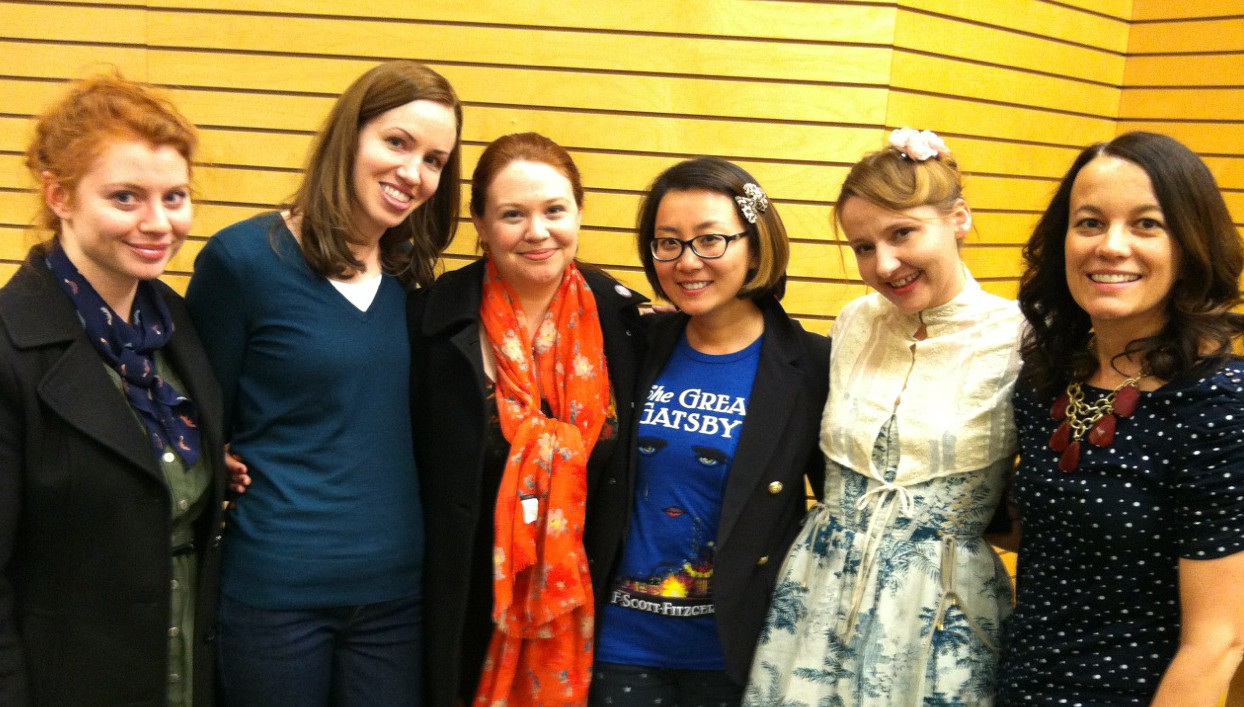
This past Saturday, YA-lit fans got a quintuple taste of what it means to be left breathless when five of Penguin’s most popular authors made a stop in Orem, Utah, as part of the Breathless Reads tour.
Among those who spoke on the Breathless Reads panel: Jessica Khoury, author of “Origin”; Brenna Yovanoff, author of “Paper Valentine,” “The Space Between” and “The Replacements”; Ally Condie, author of the Matched trilogy — “Matched,” “Reached” and “Crossed”; Andrea Cremer, author of the Nightshade books — “Nightshade,” “Wolfsbane,” “Bloodrose,” “Rift” and “Rise”; and Marie Lu, author of “Legend” and “Prodigy.”
I was lucky to be asked to moderate the Breathless Reads panel for a second time — the first was in 2011 with Brenna, Ally, Andrea, Beth Revis and Kirsten Miller.
It’s always exciting to meet your favorite authors one on one, and it should come as no surprise that these ladies are as nice as they are talented. Not only did they speak for 45 minutes — fielding questions from me and the audience — but then they signed books for more than an hour afterward. Each fan got to take pictures and chat with the authors at a fairly leisurely pace.
The entire event was lots of fun, but for me, the best part were the author’s answers, which were both witty and insightful.
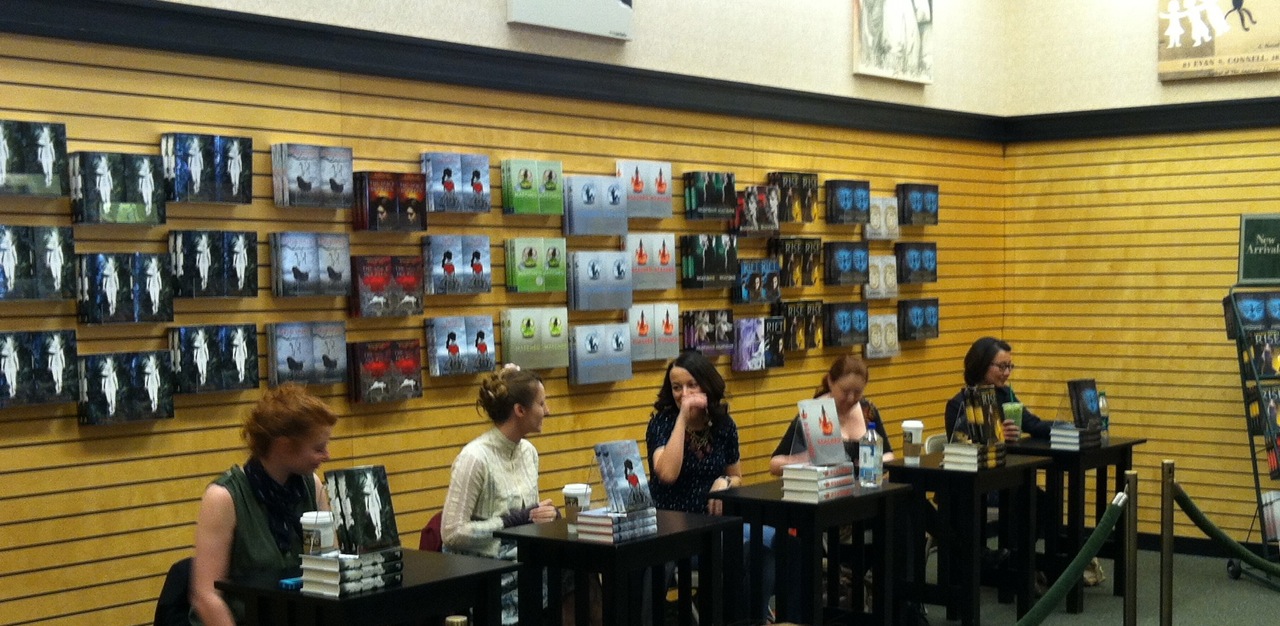
We started out the event with each author being asked to describe their books or series in 10 words or less. The most common term: kissing, much to the audience’s delight. Other popular descriptions included danger, magic, girl, boy and secrets.
Each of the authors explained the inspirations for their books and explained how different their writing processes are. Jessica absolutely has to have an outline and know exactly where her characters are going. Brenna, on the other hand, said she doesn’t write in order — chapters, paragraphs and even sentences come at random times. She even leaves blank spaces within sentences, reminding her she needs to find the perfect word. Andrea, Ally and Marie fall somewhere between the two at varying degrees of “organized chaos.”
When asked if it was more fun writing good or evil, the immediate response was “evil,” from everyone. “You get to be bad without getting in trouble,” Andrea said.
“I think there’s just something so fascinating about villains who firmly, firmly believe what they’re doing is the right thing,” Brenna explained. “And so it’s very interesting to kind of explore that idea. … In their (the villain’s) life, they are the hero.”
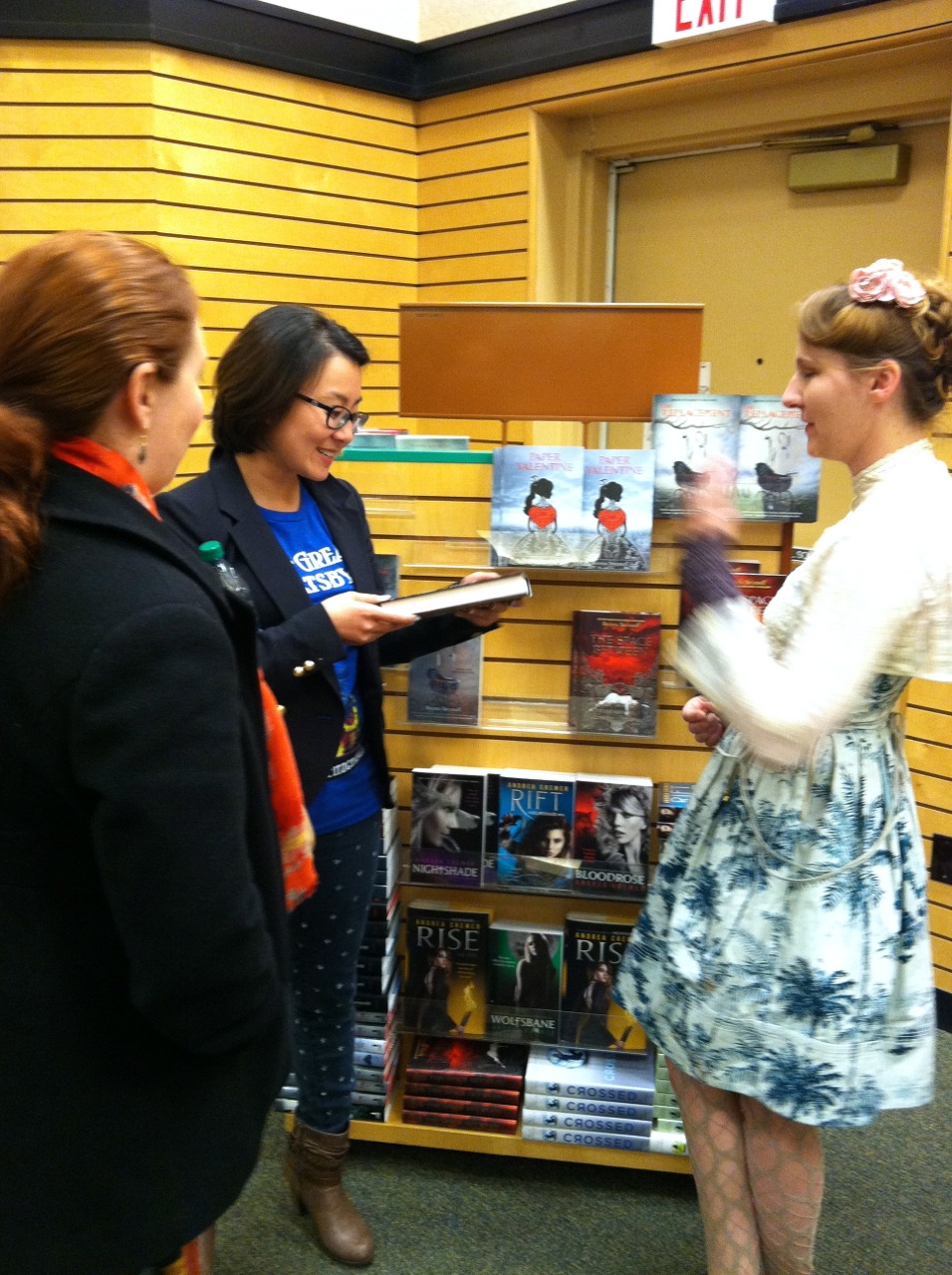
One of the most surprising questions of the event came from a gentleman in the audience who asked if they saw the huge stigma of “only girls should visit the YA section” as a stumbling block.
“I’m really surprised by the number of guys who have read my book,” Jessica said in response. I get tweets and emails from guys who loved it. And at first, I thought maybe that might happen, but I’ve been pleasantly surprised.”
Brenna explained that “The Replacements” slant toward being a slightly horror story and having a creepy cover helped it appeal to both sexes. She thought there would be a larger divide with “Paper Valentine,” but the first fan email she got for it, was a guy.
Ally brought up the recent discussion on Shannon Hale’s blog about “boy” and “girl” books. Ally also mentioned that she recently noticed this trend with her own son who told her she needed to write a book with a boy on the cover so he could read it.
“It’s unfortunate that there’s this cultural stigma,” Marie said. “I don’t think it’s something that stemmed originally from the readers. It goes way beyond books.”
A lot of times marketing is choosing what sex they think will enjoy the books and then throwing it at the readers and then the readers feel like they have to conform, Marie continued. She often gets asked the question, “I have a 12-year-old boy. Will he like your book?” It’s a question for which she doesn’t know how to reply, not because of the topic, but because she doesn’t personally know the boy.
There’s a constant battle in YA over “girl” books and “boy” books, Andrea said. Even though there’s a strong girl on each one of her covers, she says she likes that and boys should, too, “because they’re hot.” All joking aside, she says there is an idea that if a girl is on the cover, that means the book must be for girls and that’s not always the case. “I think we are making progress,” she said. “It’s slow, and it’s an uphill process, but I hope things will change.”
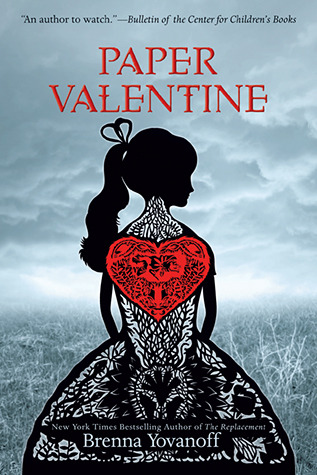
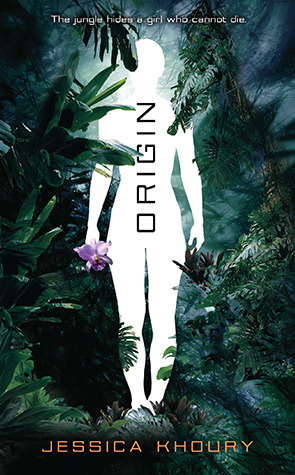
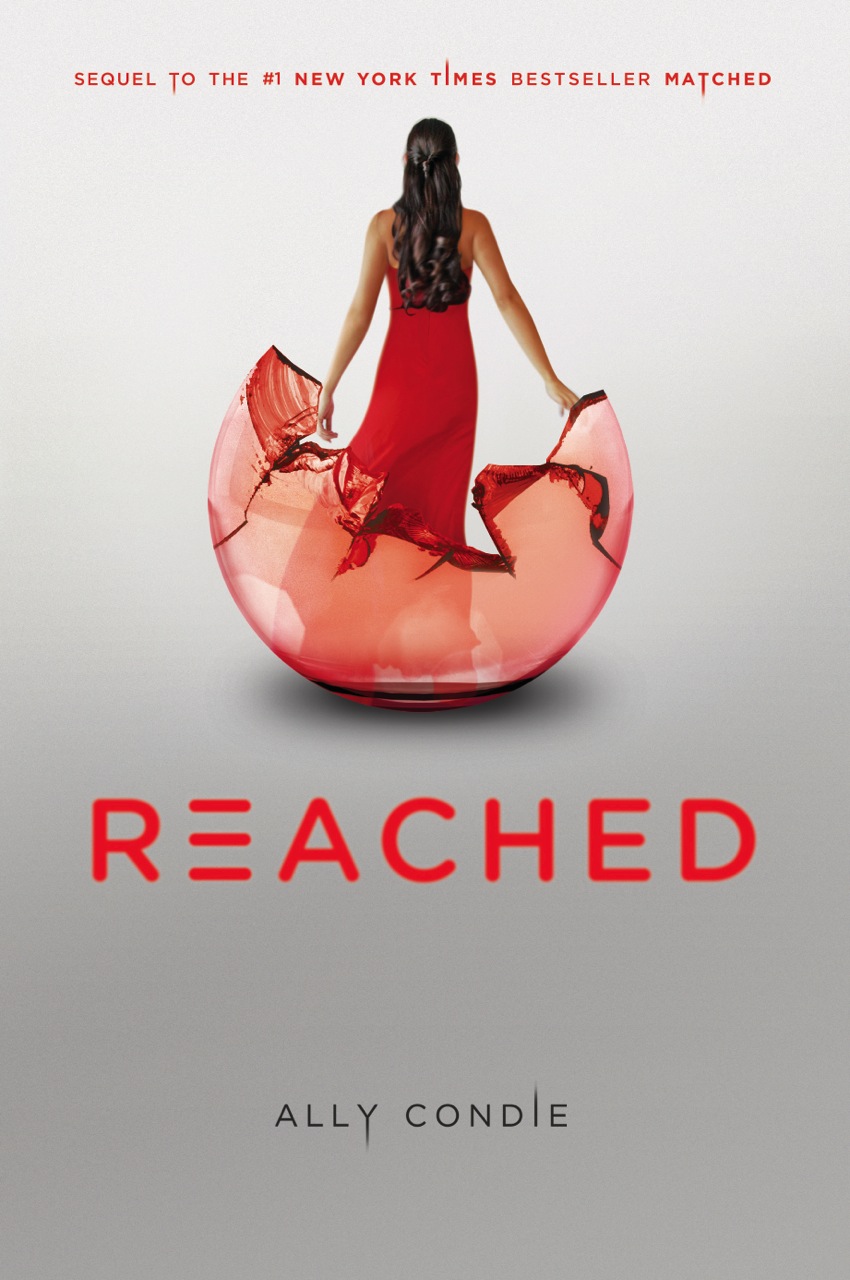
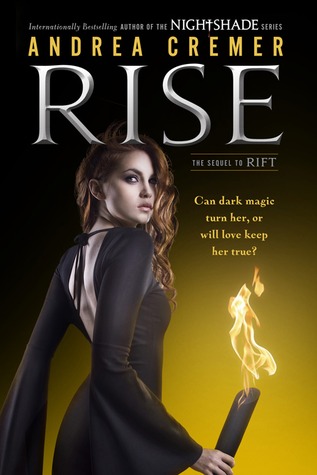
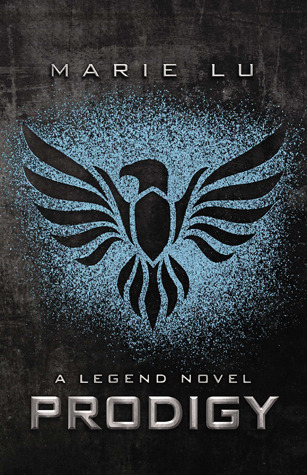

1 Comment
Wow, sounds like a fun event! The topic of boy vs. girl books is so interesting, and I agree that it goes way beyond books. Hopefully the culture in our homes can contribute to making a positive change. My boys aren’t likely to pick up glittery pink fairy books (but then again, neither am I), but they know that in our home we consider any good book a good book for anyone, regardless of the main character’s gender.
As a side note, there are some books listed here that I haven’t read yet. I’m excited to check them out. Thanks!